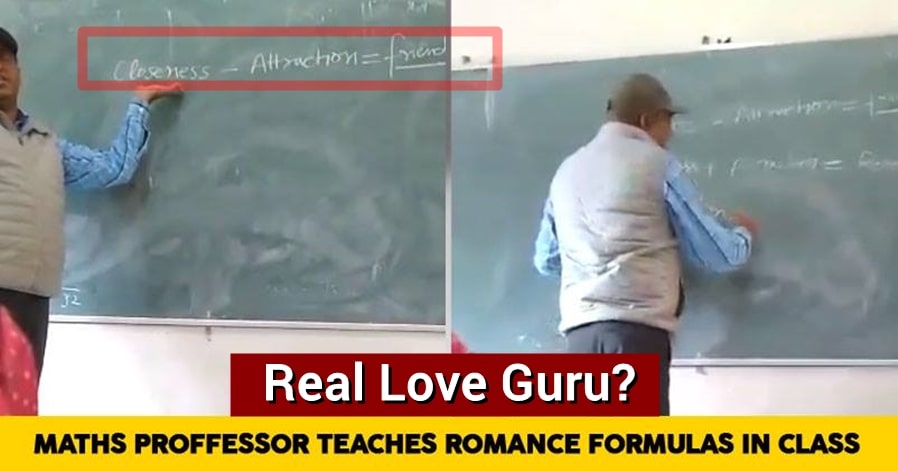No products in the cart.
Proud moment: NASA to launch World’s Lightest Satellite Designed by Indian students
India has always carried a good reputation for itself as the best country in terms of Science & Technology, Space Exploration and other factors in the build-up to the economic development. Not a little while ago, 90 chosen students from various countries will soon come to India in a bid to learn more about satellite technology. Now coming to the point,
Four Engineering students from Chennai made the entire nation proud as they developed the world’s lightest satellite that will be launched from a NASA facility in the US by August. One can’t deny the fact that the Indian talents can do anything to uplift nation’s pride.

The four students are from Hindustan Institute of Technology and Science near Chennai built the 4cm ‘cube’ satellite ‘Jaihind-1S’ with a 3D printed outer casing from polylactic acid (PLA) nylon material, making it even lighter than a medium sized egg, at just 33.39 grams.
The World’s smallest satellite has been designed and fabricated for the ‘Cubes in Space’ competition that was conducted by Colorado Space Grant Consortium, NASA and idoodle-learning. The lightest satellite will be flown on a scientific balloon up to a height of 70km.
“We designed the satellite to conduct three experiments – measure 20 weather parameters, test the nylon material in microgravity and track the trajectory while it is being flown. What makes the satellite unique is that all three experiments will be conducted at the same time.
It cost us Rs.15,000, so it is also the cheapest satellite,” said K J Harikrishan, one of the team members as per the inputs from TNN. Harikrishan, P Amarnath, G Sudhi and T Giri Prasad worked as a team for two weeks to assemble the satellite and feed in the program.
As the balloon flies to a height of about 70km, the sensor modules in the satellite will start measuring standards like temperature, humidity, pressure and UV ray intensity as well as the movement and the orientation of the balloon.
The sensors will forward the data to an onboard SD card through a microcontroller. Once the balloon reaches the required height, the lightest satellite will release from the balloon and fall. Post that, it will then be collected for further data and the durability of the nylon material will also be evaluated.
“The satellite has sensor modules that are programmed to measure and record four different parameters per second. So, we will get a large amount of data as the balloon flies to an altitude of 70km for almost a day,” the student said.
Professor G Dinesh Kumar, who was the faculty advisor, said the team enhanced the efficiency of the satellite by minimising its weight and opting for sensor modules that can estimate more than one parameter at a time. “We tested the satellite up to a height of 40 feet. We will be sending it to the US later this week,” the professor said.












